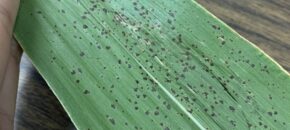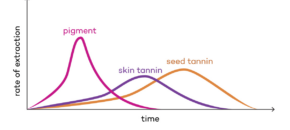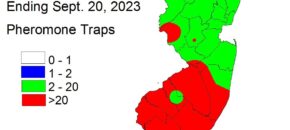
The presence of Corn Tar Spot (Phyllachora maydis) has been confirmed in New Jersey. Laboratory examination of a corn sample from New Jersey revealed the presence of tar spot. Tar spot is a foliar disease of corn that commonly occurs throughout Mexico, Central America, South America, and the Caribbean. The disease was identified in the […]
Continue reading...

